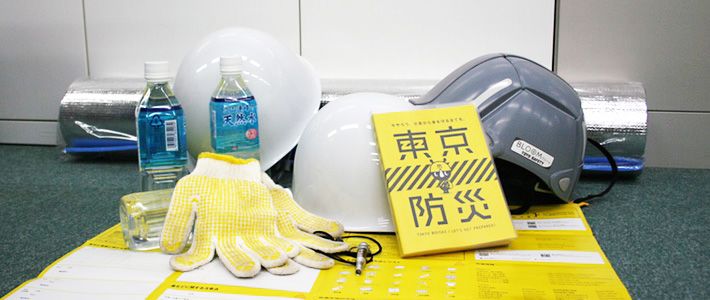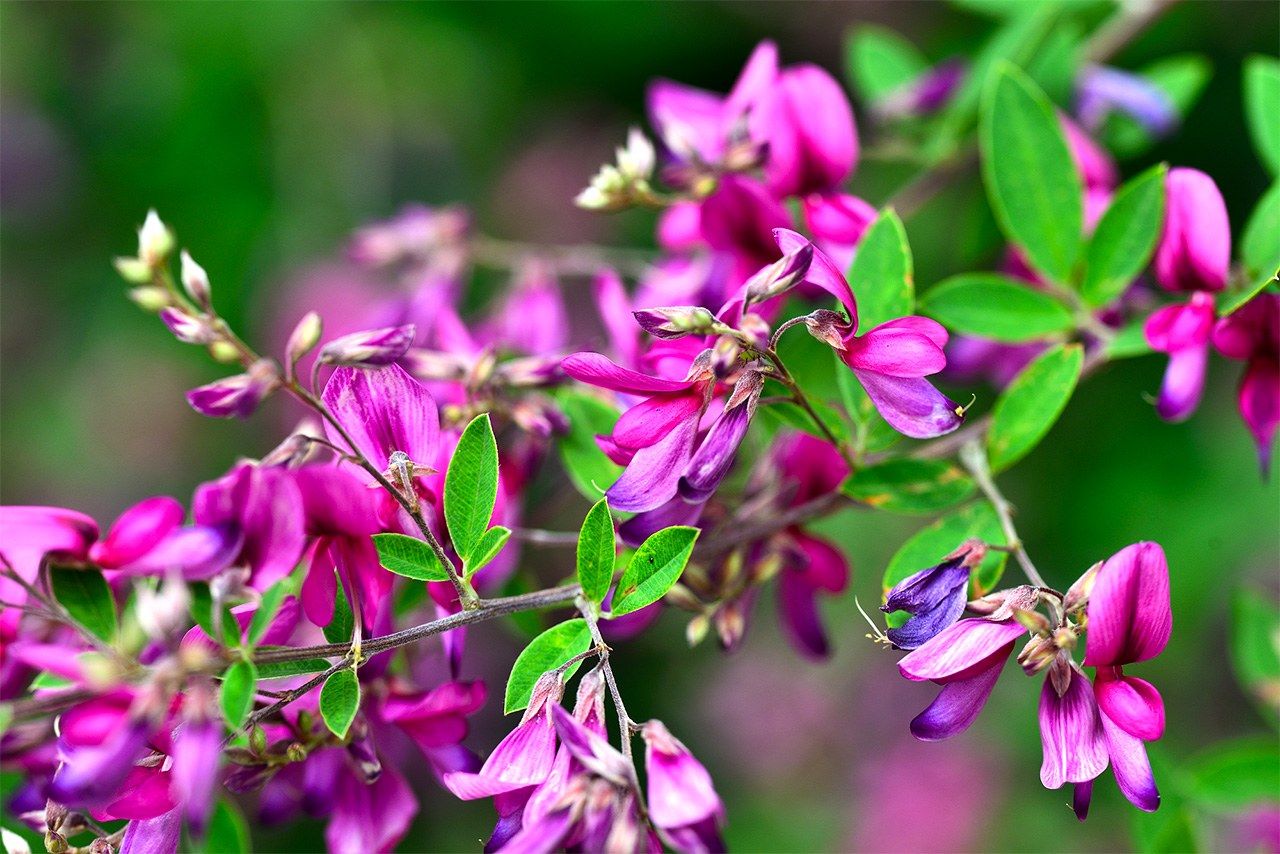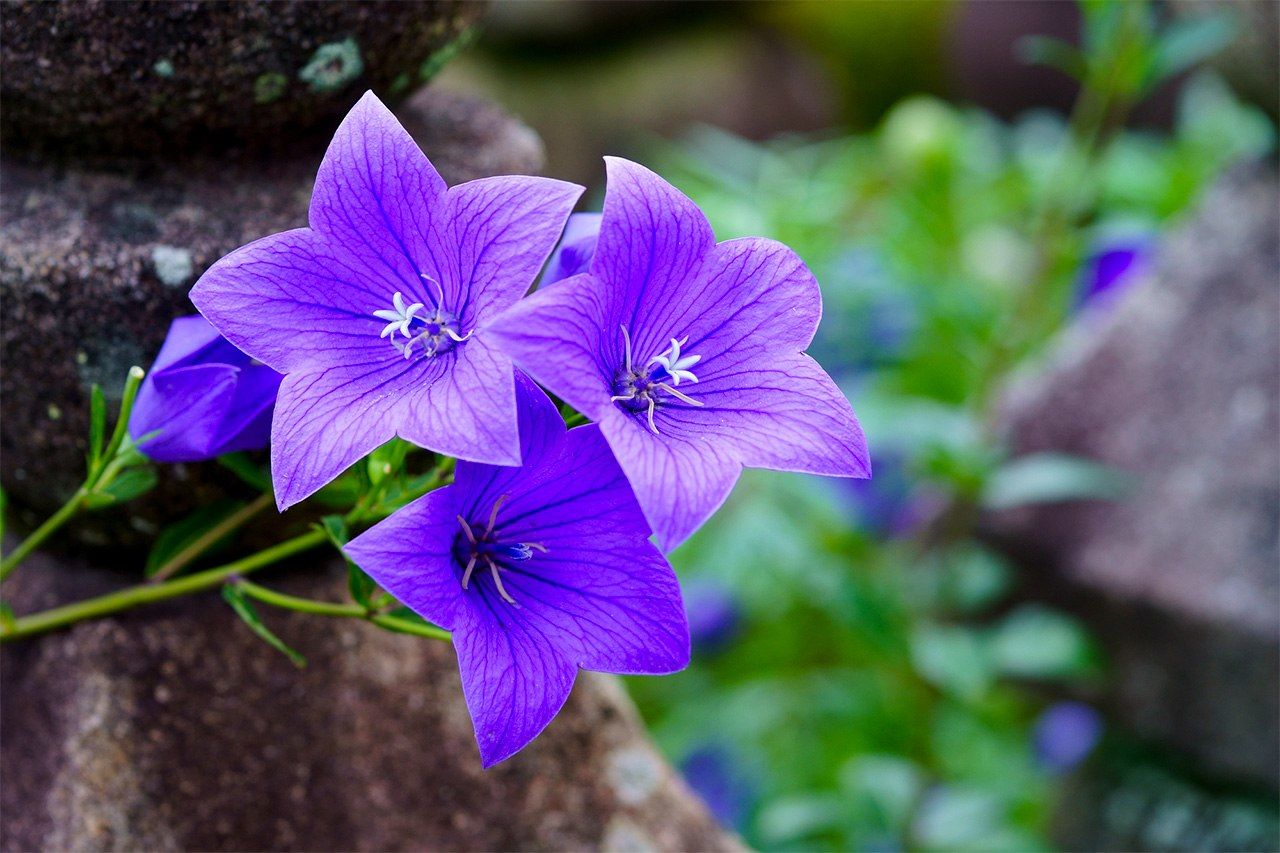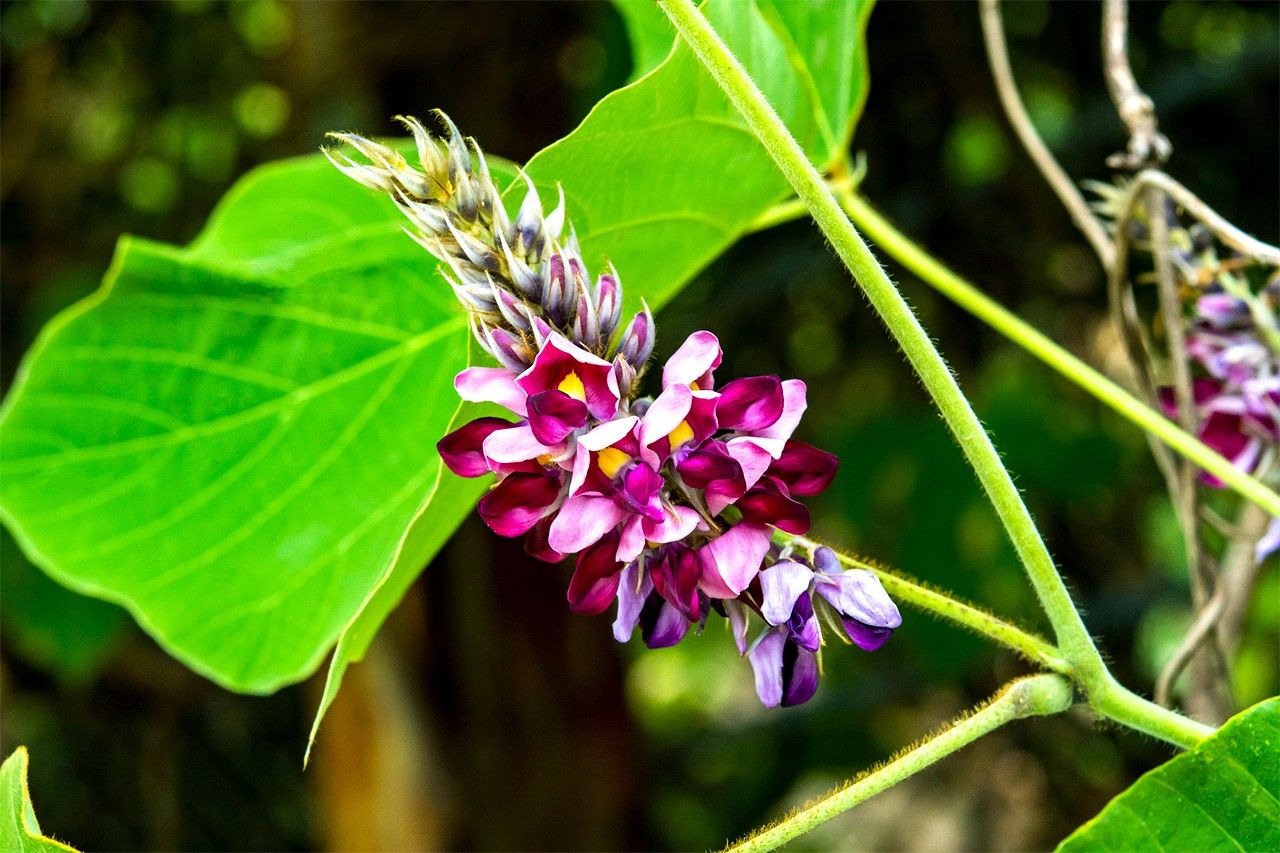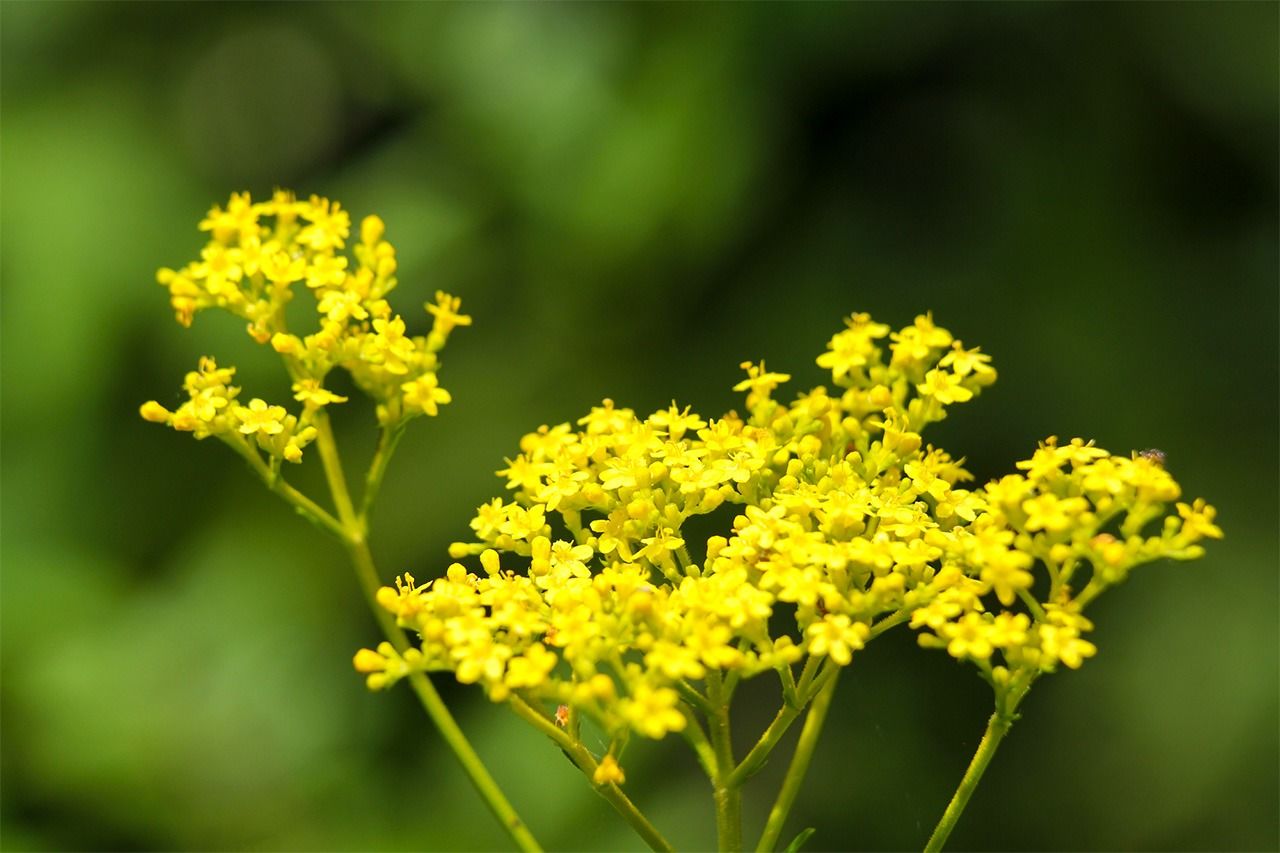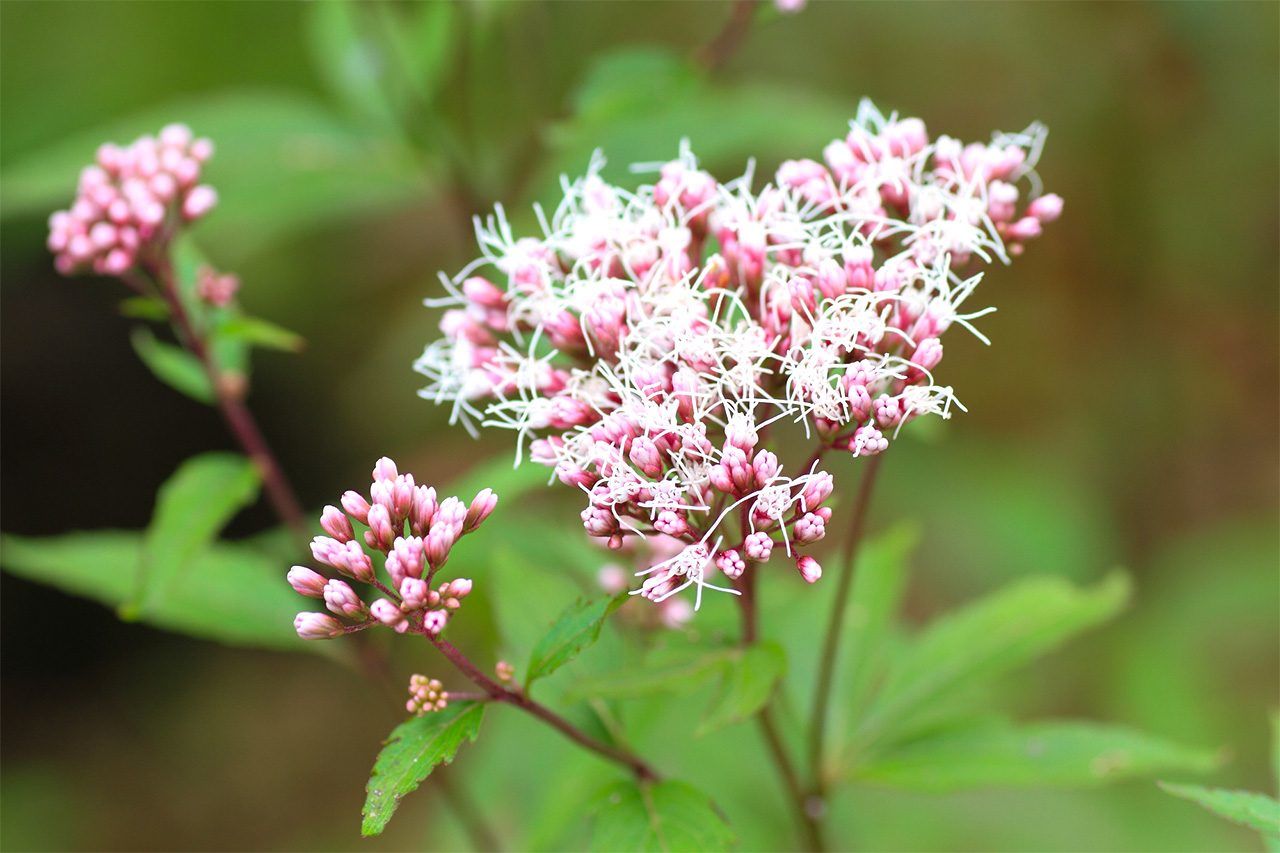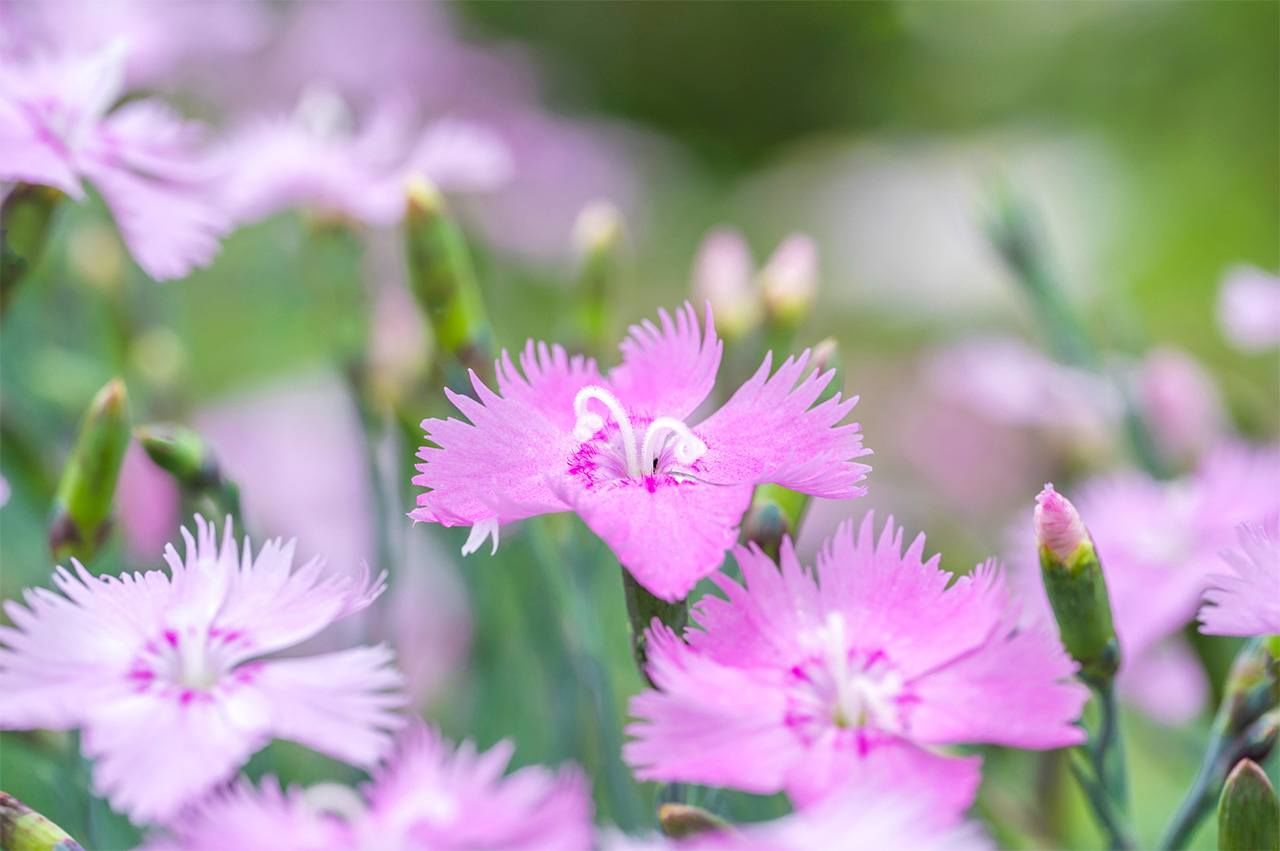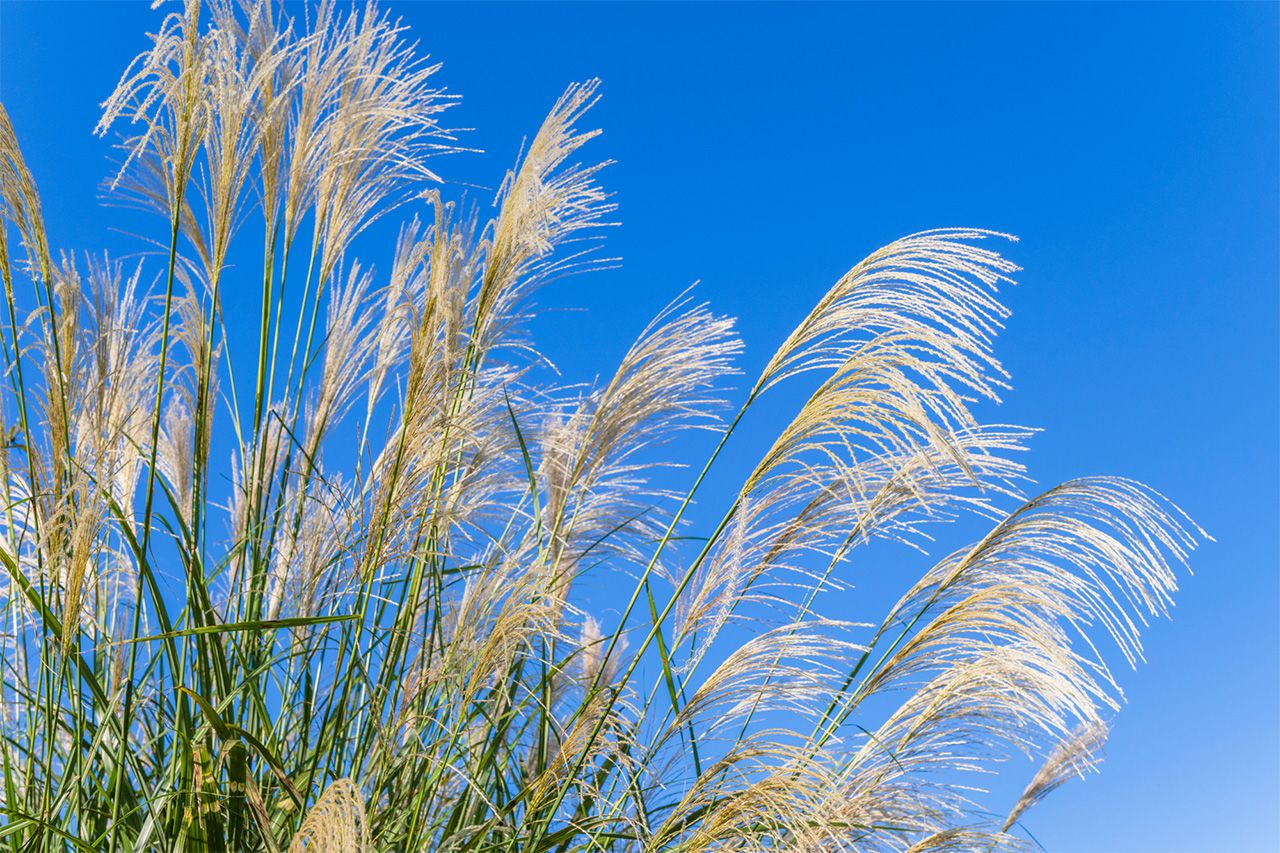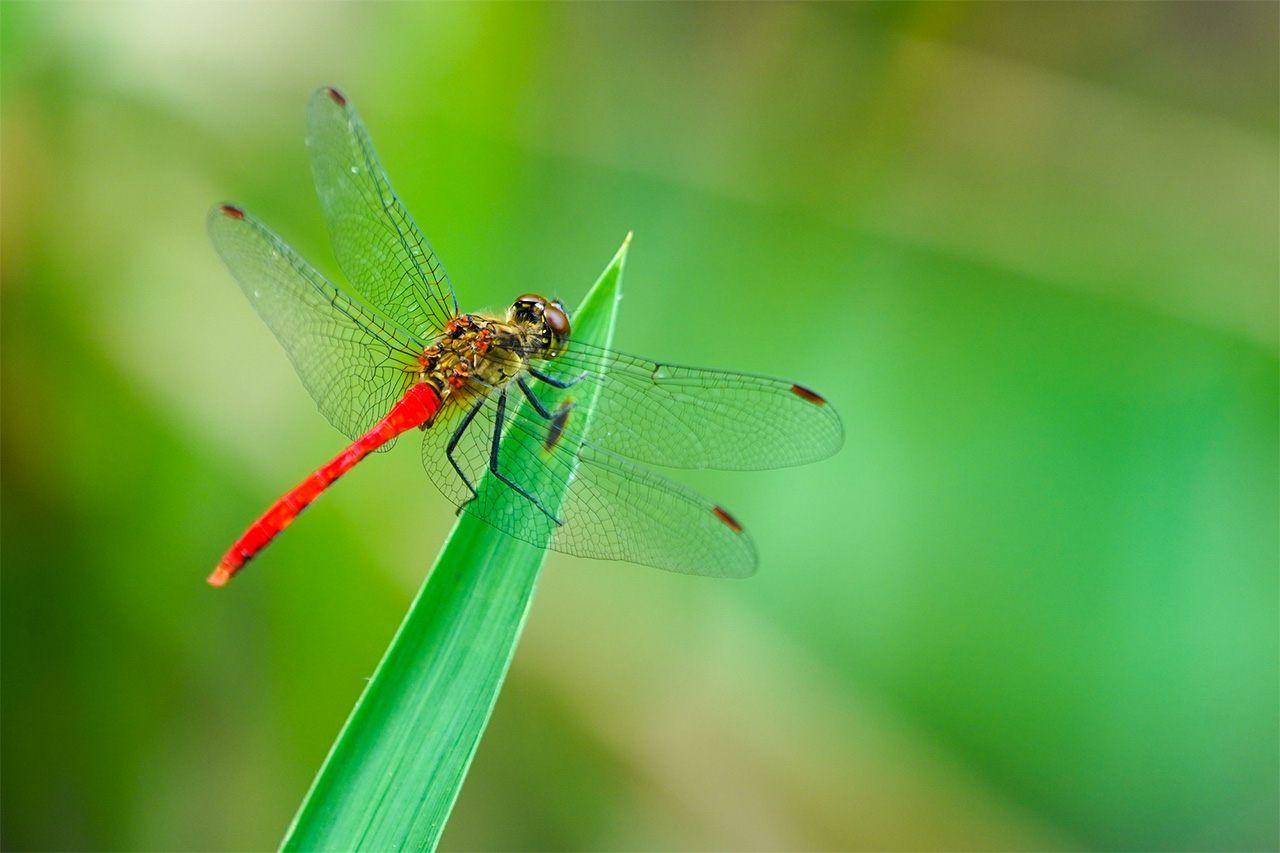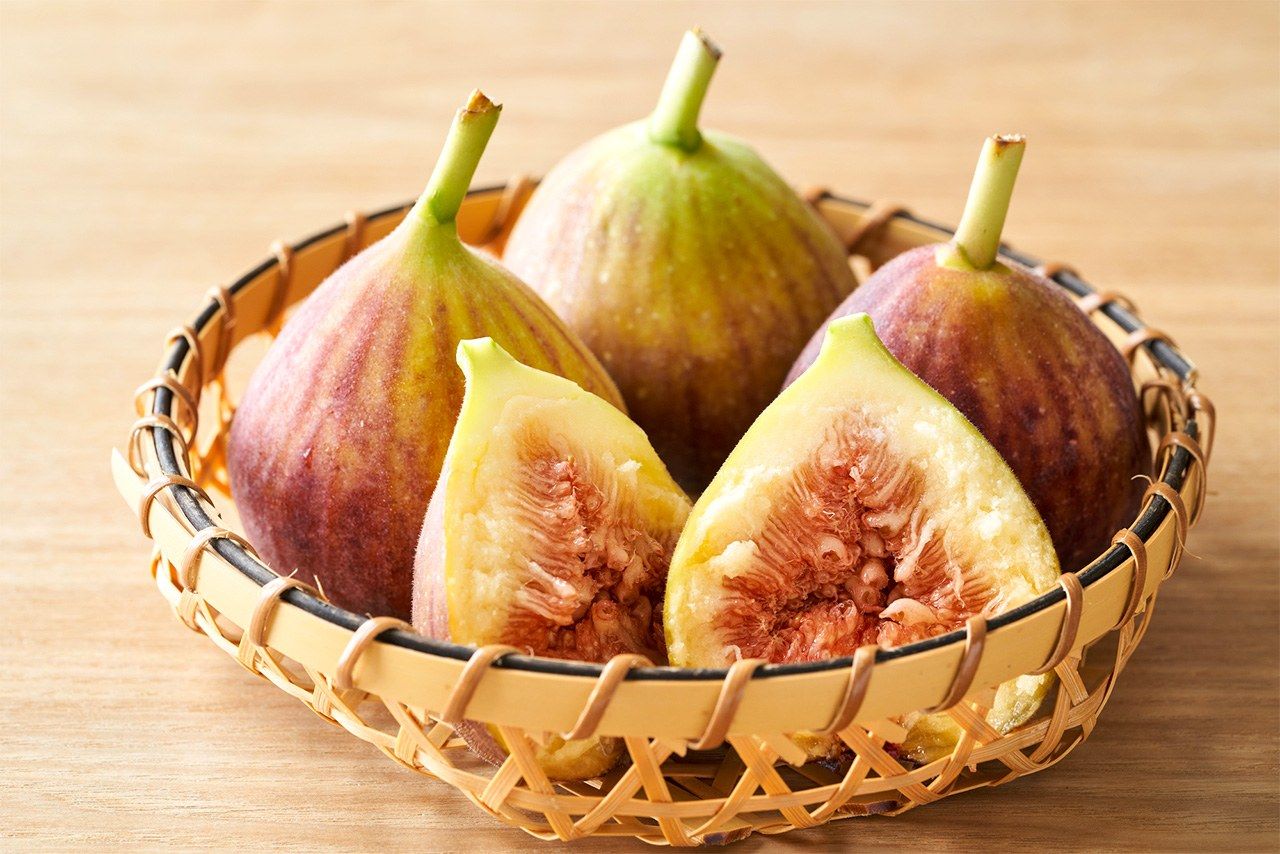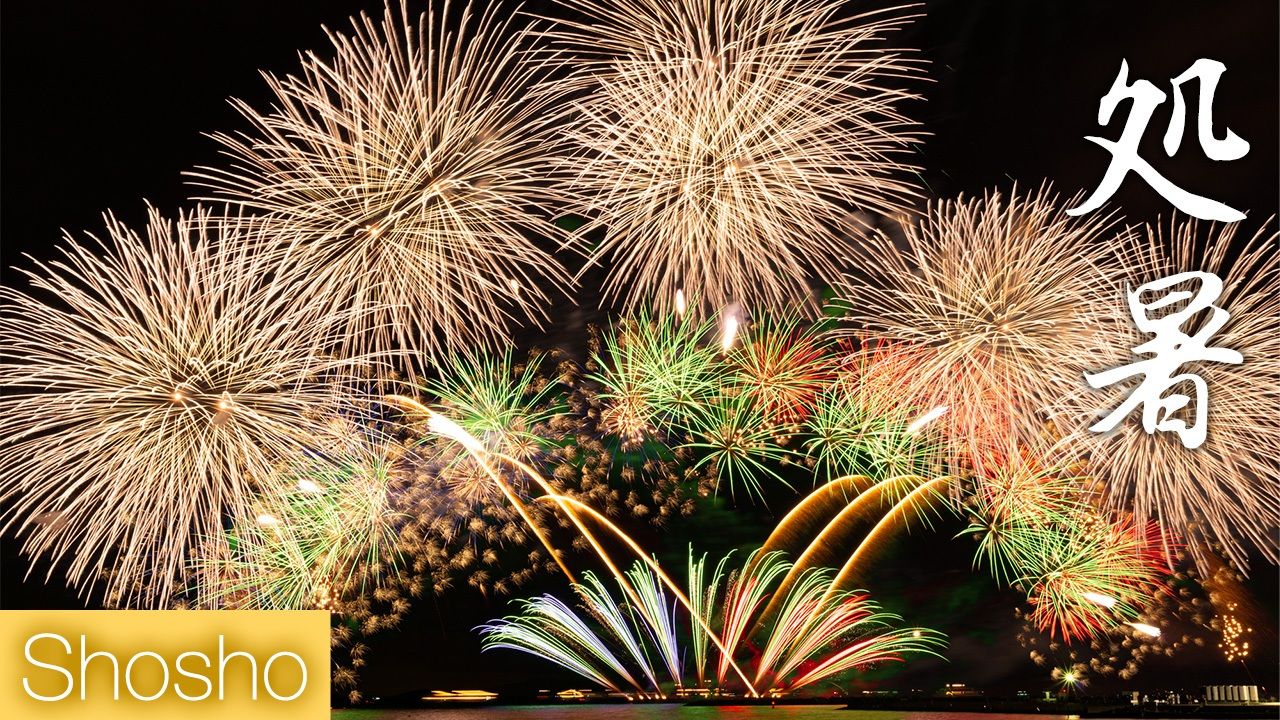
Shosho (Manageable Heat)
Culture Lifestyle History Society- English
- 日本語
- 简体字
- 繁體字
- Français
- Español
- العربية
- Русский
Shosho (Manageable Heat) is the season that begins around August 23 in the modern calendar. The term “shosho” literally means “subduing heat,” which is an apt description. The rice harvest begins in some parts of Japan. It is also the time of year when typhoons are more prevalent.
This article will look at events and natural phenomena in the period roughly from August 23 to September 7.
Yoshida Fire Festival, Yoshida, Yamanashi Prefecture (August 26–27)
This festival, considered one of Japan’s Unique Festivals, marks the end of Mount Fuji’s climbing season. It is staged at Kitaguchi Hongū Fuji Sengen Shrine simultaneously with a festival at Suwa Shrine, and is designated an Important Intangible Folk Property. On August 26, portable shrines, including one in the shape of Mount Fuji, are paraded around the city. After sunset, 90 or so three-meter high torches light up the streets.
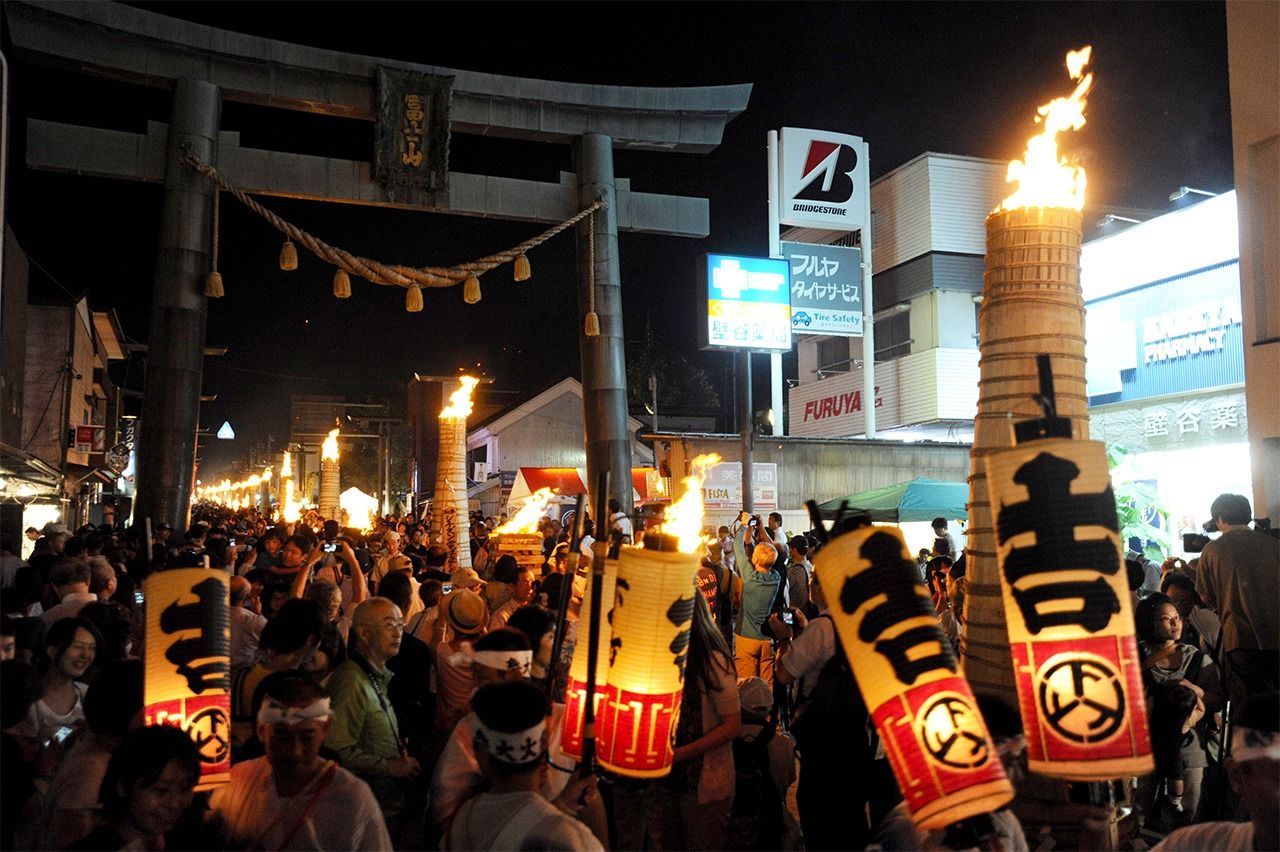
Yoshida Fire Festival (© Jiji)
Ōmagari National Fireworks Competition, Daisen, Akita Prefecture (last Saturday in August)
Pyrotechnicians from across Japan pit their skills against one another at Ōmagari, one of Japan’s Three Major Fireworks Festivals. The event is more than a century old, having started in 1910. Displays are evaluated for their colors and shapes, and the winner receives the Prime Minister’s Prize.
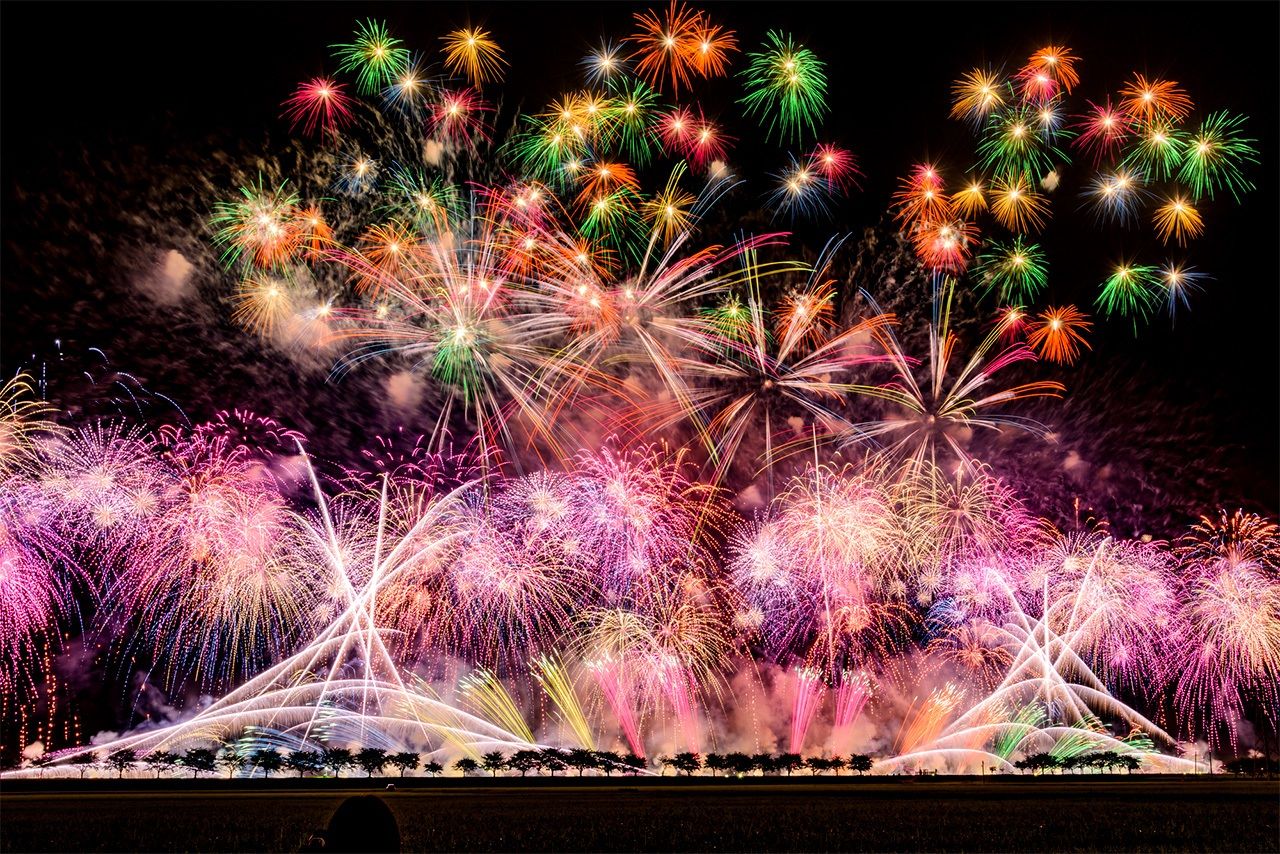
Ōmagari National Fireworks Competition. August 25, 2018 (© Pixta)
Typhoons Arrival: 210th, 220th
The 210th and 220th days after Risshun, the beginning of spring, are roughly September 1 and 11. They are considered unlucky days, because typhoons or strong winds are likely to occur.
Shibukawa Shunkai (1639-1715) was the astronomer who devised the Jōkyō calendar, a Japanese revision of a Chinese calendar adapted to the country’s seasons, at the shogunate’s request. He is said to have added the 210th and 220th days to the calendar after experiencing the rough weather he had been warned about by local fishermen. Kazamatsuri (wind festivals) are held throughout Japan at this time of year to calm the storms.
Owara Kaze-no-Bon is held from September 1 to 3 in Yatsuo, Toyama Prefecture, to pacify the wind gods, avert storm damage, and pray for a bountiful harvest. Men and women wearing straw hats that hide their faces dance the “Etchū Owara-Bushi” to music played on taiko drums, kokyū (a stringed instrument played with a bow) and forlorn-sounding shamisen. The event has marked the start of autumn in the Hokuriku region for over 300 years.
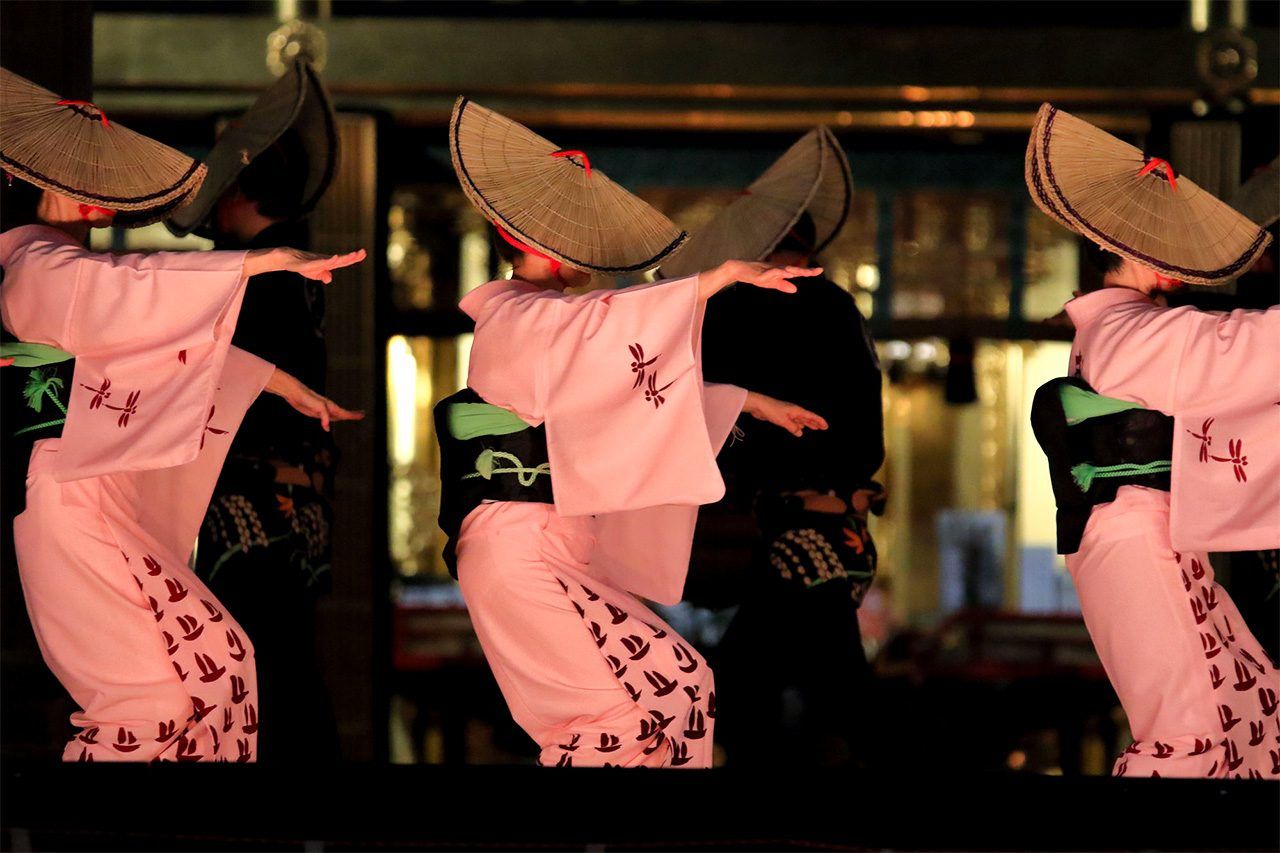
Owara Kaze-no-Bon dancers. (© Pixta)
Bōsai no Hi (Disaster Prevention Day) (September 1)
Disaster Prevention Day takes place on the same date that the devastating Great Kantō earthquake struck in 1923. It was established in 1960 to raise awareness of the importance of preparing for disasters. Members of the public are encouraged to familiarize themselves with their local hazard map and to check their emergency supplies.
Seven Flowers of Autumn
The seven flowers of autumn originate from a poem by Yamanoue no Okura (660-733) in the eighth-century Man’yōshū poetry collection.
They are bush clover, bellflower, arrowroot, thoroughwort, golden lace, dianthus, and pampas grass.
Dragonflies
There are said to be around 200 species of dragonflies in Japan. In the Warring States period (1467–1568), dragonflies were considered an auspicious symbol of determination as insects that only fly forward. The warrior Maeda Toshiie (1538–1599) had his helmet decorated with a dragonfly in front.
Figs
Figs are in season from the end of August through October. The kanji 無花果 (ichijiku) for the Japanese word mean “fruit without a flower,” because the flowers bloom inside the fruit and are not visible from outside. They are ideal for making jam or compote.
Sudachi
It is said that the name of this citrus fruit is derived from ancient times when they were used instead of vinegar, the word coming from su or “vinegar” and tachibana, the name of a kind of orange. The peak season for sudachi is August to October, and Tokushima Prefecture is a key production region. Their refined aroma stimulates the appetite, while their light acidity is believed to prevent colds, relieve exhaustion, and help to beautify skin.

Sudachi (left), chilled sudachi udon (© Pixta)
Sardines
Although Japanese sardines are caught year-round, they are considered in season from the rainy season through to autumn, when they are fattiest. They can be served raw as sashimi, salted and grilled, or minced to make fish balls.
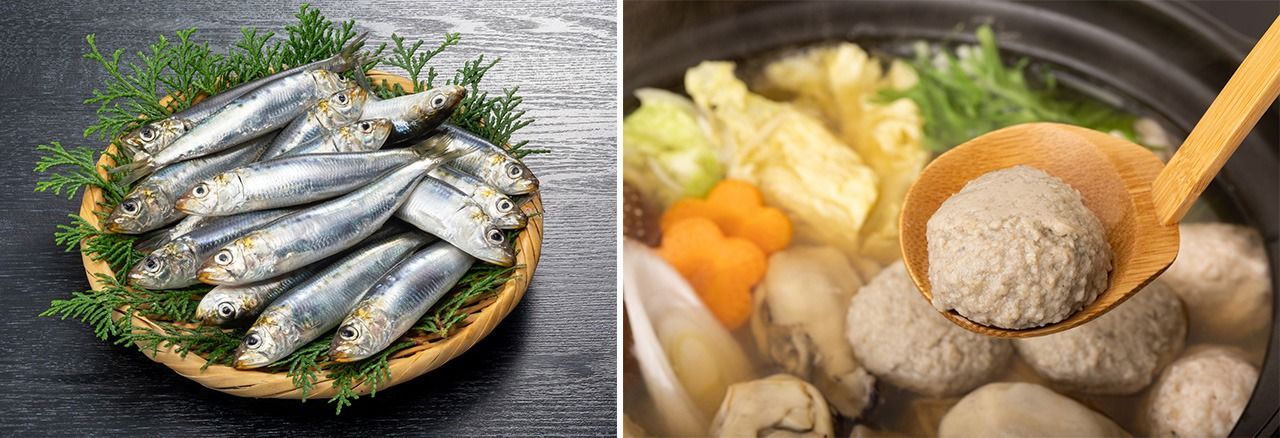
Japanese sardines and fish balls. (© Pixta)
(Supervised by Inoue Shōei, calendar researcher and author, Shintō minister, and guest lecturer at Tōhoku Fukushi University. Banner photo: Kita-Biwako Great Fireworks Festival in Shiga Prefecture. © Pixta.)
